Stories
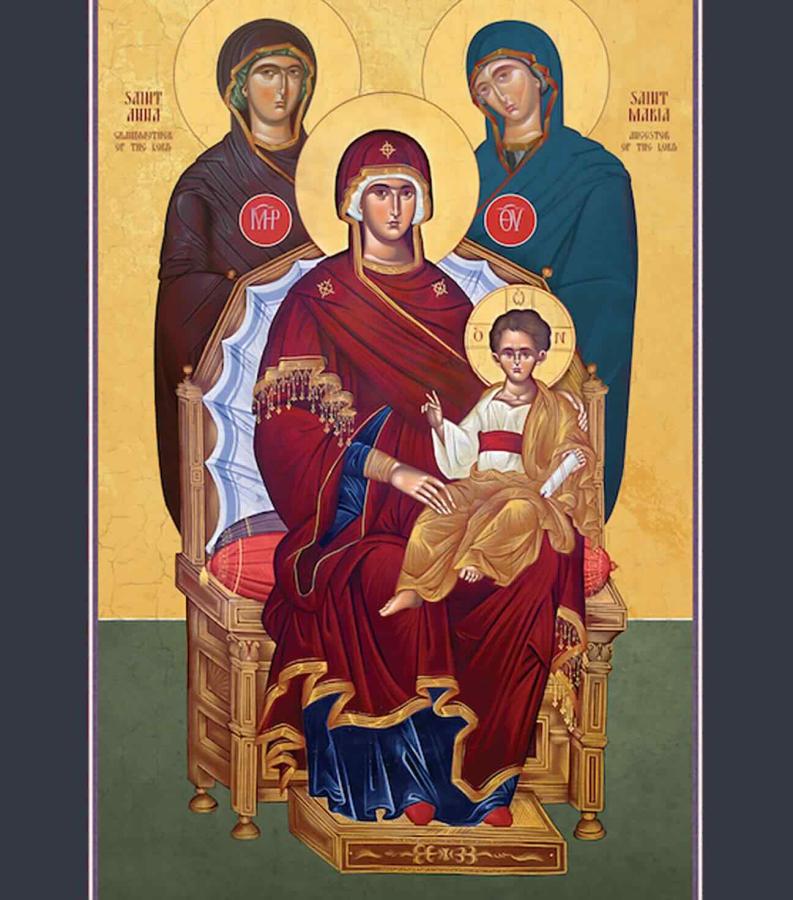
This coming Sunday (new calendar), we celebrate the Sunday of the Forefathers. It’s always wonderful to hear about them. You might not have heard so much about Christ’s impressive lineage of Foremothers: at least three generations of holy women who had a unique and direct experience of God.
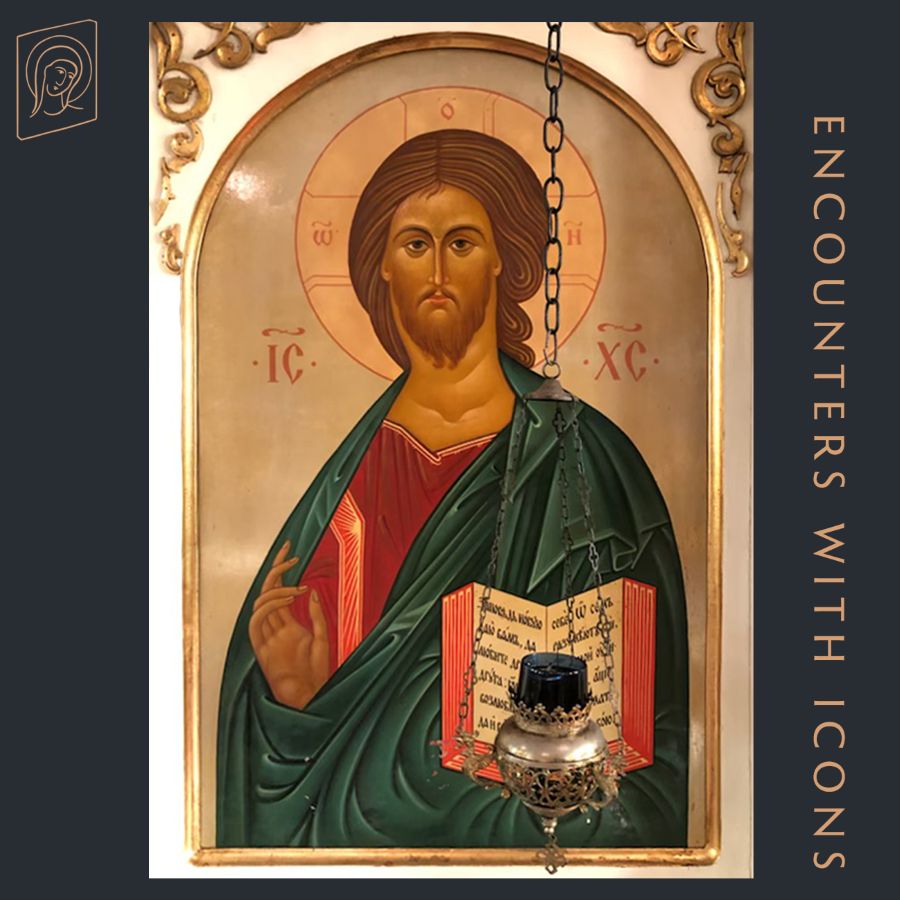
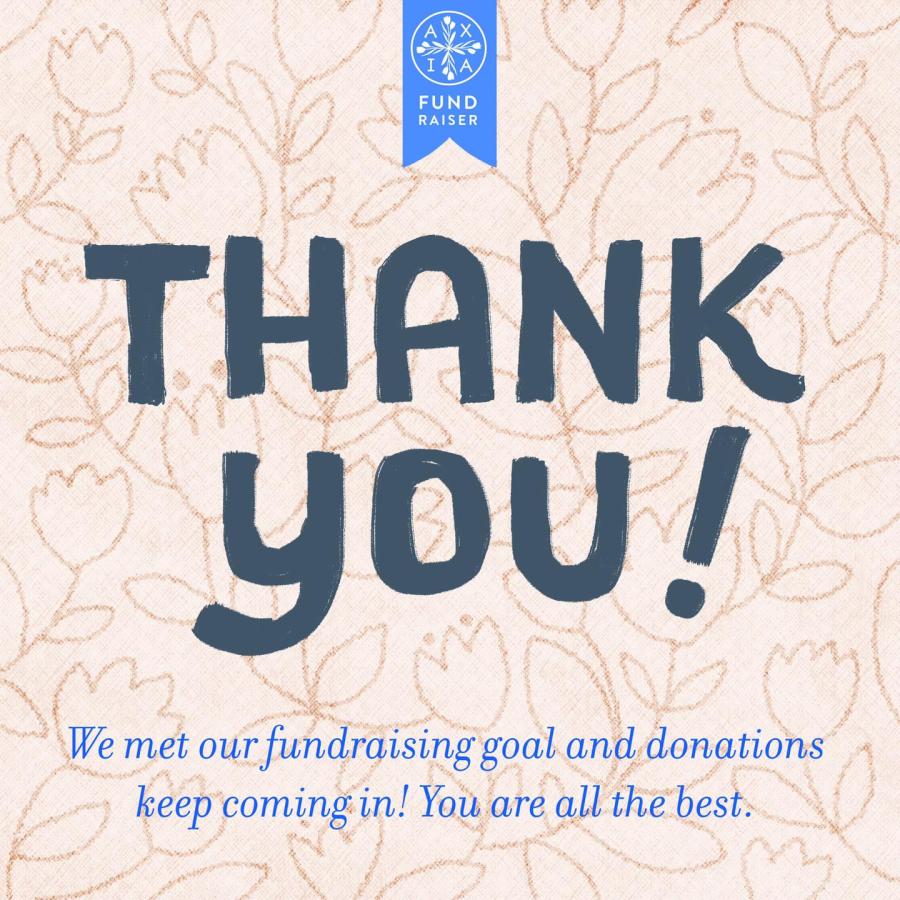

This year, we have heard from so many incredible Orthodox women - theologians, counselors, consultants, mothers, chaplains, students, information technologists, artists, and so much more.
Our next icon encounter is by Nicole M. Roccas:
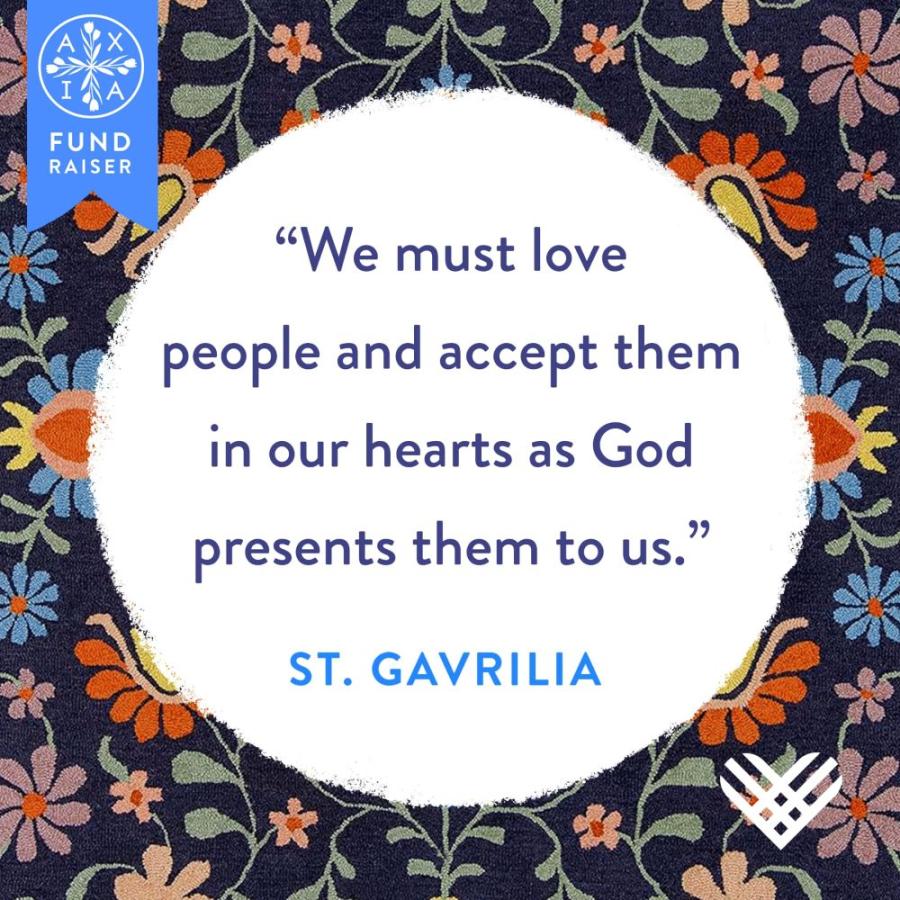
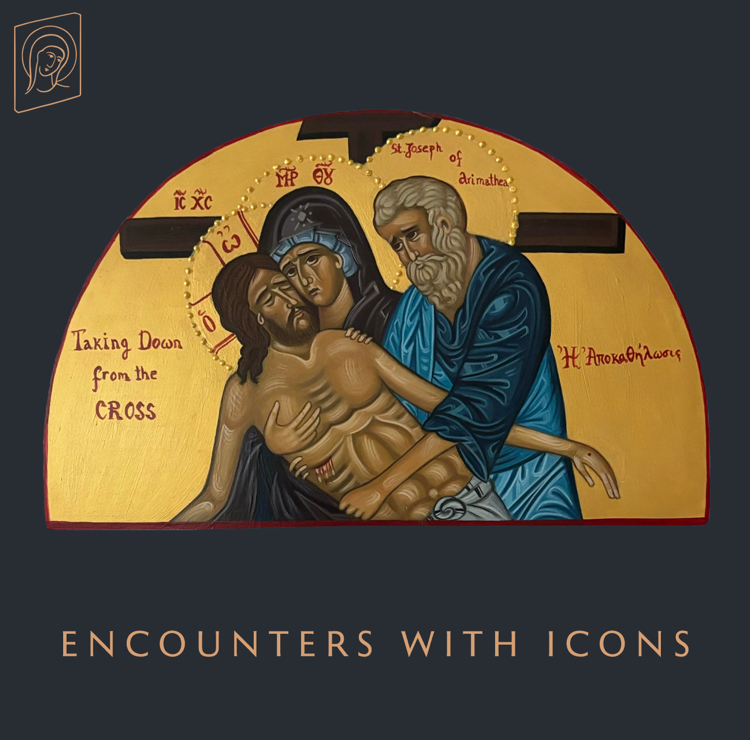
Joseph together with Nicodemus took Thee down from the Tree, who clothest Thyself with light as with a garment. He gazed on Thy Body, dead, naked and unburied, and in grief and tender compassion he lamented: “Woe is me, my sweetest Jesus! A short while ago, the sun beheld Thee hanging on the Cross and it hid itself in darkness. The earth quaked in fear at the sight. The veil of the temple was torn in two. Lo, now I see Thee willingly submit to death for our sake. How shall I bury Thee, O my God? How can I wrap Thee in a shroud? How can I touch Thy most pure body with my hands? What songs can I sing for Thy exodus, O compassionate one? I magnify Thy Passion. I glorify Thy Burial and We magnify You, O Jesus our King.


